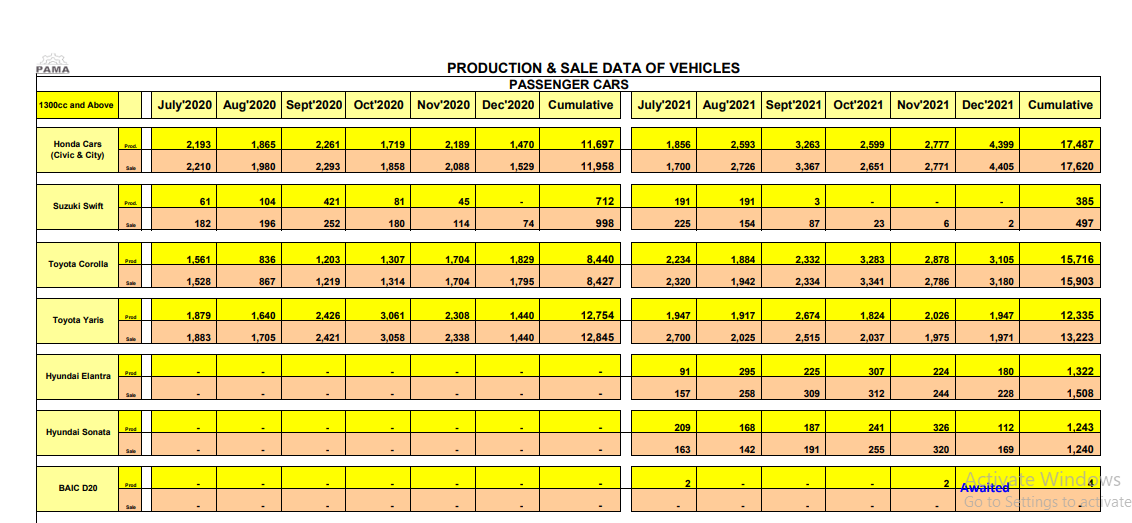Five million rupees. That is nearly $30,000. It is more than what the average Pakistani family makes in terms of income over the course of a decade. It is also the price of the cheapest variant of the newly released 11th generation Honda Civic.
The new Civic will hit the showrooms this March and the prices announced for different variants of the car range between Rs 5-6.1 million. This will make it the most expensive sedan in its category in the country, and will also mean that Honda’s mid-range sedan will be in the same price range as the Hyundai Sonata – which is Hyundai’s top-of-the-line luxury sedan.
The implications of this are far reaching. Some models of the new Honda Civic will be more expensive than the recently launched and wildly popular KIA Sportage, which belongs to the cross-over SUV segment – a class above the sedan segment and supposed to be more expensive too.
For a very long time in Pakistan, the automobile industry has been dominated by the ‘Big Three’ car manufacturers – Toyota, Honda, and Suzuki. These Japanese automakers have been competing with each other in similar car categories. Suzuki would focus on hatchbacks and Honda and Toyota would duke it out over the sedan segment of cars. As a result, Pakistan’s automobile industry grew stunted and kept offering the same few car models in around the same price range.
Over the past few years, with the introduction of new car companies like KIA, MG, Changhan, and Hyundai, the car market in Pakistan has undergone a diversification. We are finally now at a stage where there are midline sedans that are as expensive if not more expensive than crossover SUVs and sedans that are in the same price range as hatchbacks.

How we have gotten here is a long, complicated story and the future is anyone’s to take. What we can say for sure is that as the competition continues to heat up and car prices continue to soar, it will be interesting to see how the older players deal with competition that they have not had much practice with in the past. The content in this publication is expensive to produce. But unlike other journalistic outfits, business publications have to cover the very organizations that directly give them advertisements. Hence, this large source of revenue, which is the lifeblood of other media houses, is severely compromised on account of Profit’s no-compromise policy when it comes to our reporting. No wonder, Profit has lost multiple ad deals, worth tens of millions of rupees, due to stories that held big businesses to account. Hence, for our work to continue unfettered, it must be supported by discerning readers who know the value of quality business journalism, not just for the economy but for the society as a whole.To read the full article, subscribe and support independent business journalism in Pakistan


























India has become manufacturer and exporter while we are still assemblers that’s why prices are much higher in Pakistan.